Ideas of Young Creators Impressed the Jury at the Plečnik's Ljubljana Hackathon
On Friday and Saturday, 5 and 6 April 2024, the Plečnik's Ljubljana hackathon was happening at the Plečnik House, an event organised by the house's team as part of Open Atelier, a Creative Europe Programme. The winning team of the two-day competition impressed the jury with their imaginative addition to the permanent exhibition at the Plečnik House.
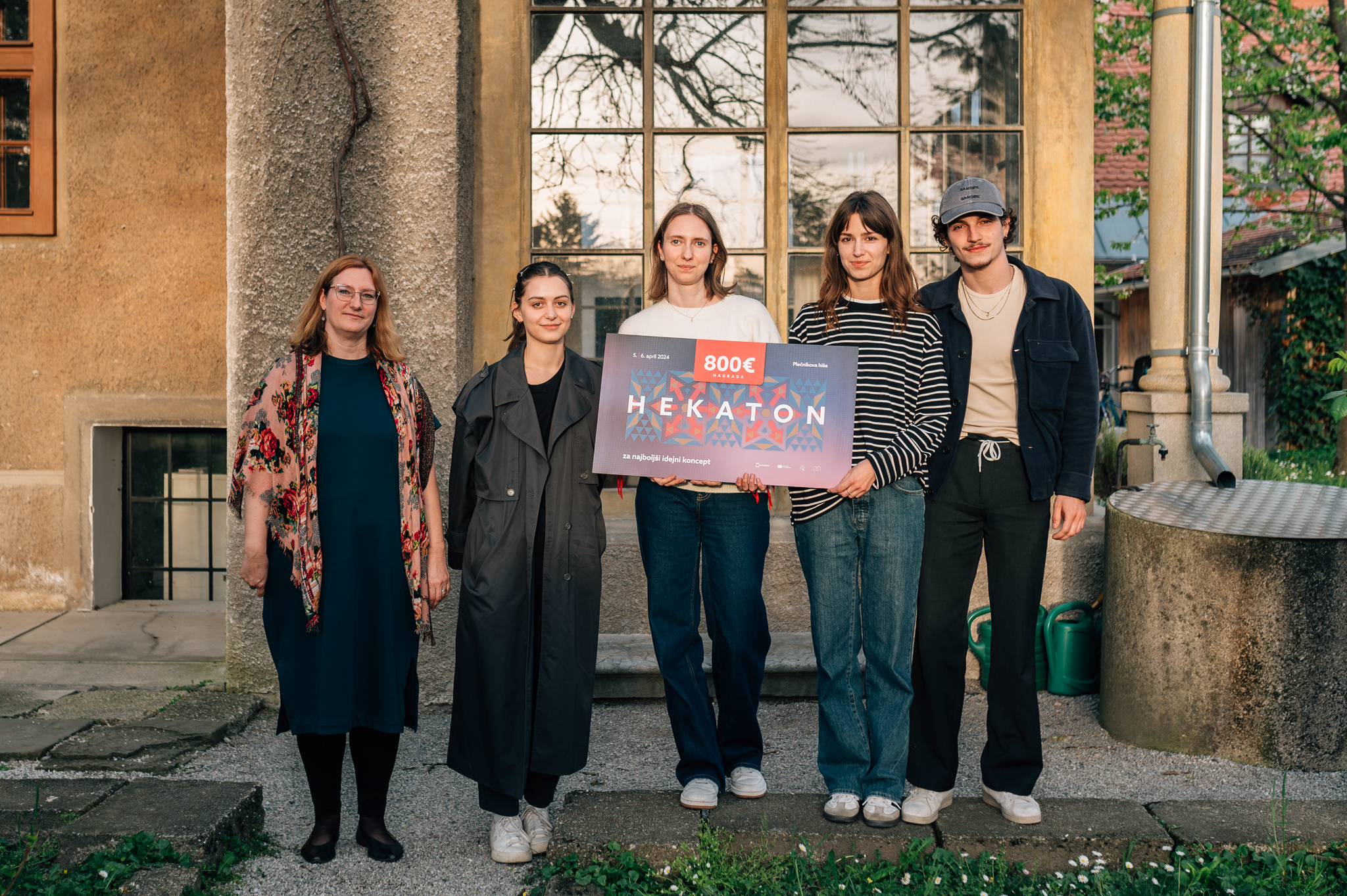
Twenty-three young creatives, competing against each other within six teams, participated in "Experience 1", a new model for involving the audience in contemporary interpretation, presentation, and usage of cultural heritage. The Plečnik House is developing this initiative as part of the European project Open Atelier. On Friday, we first listened to interesting lectures, which focused on empowering the participants in their search for ideas on how to improve the interactives of the Plečnik permanent exhibition at the Plečnik House.
Ana Porok, Curator of the Plečnik House, presented the architect’s creative path and his indelible influence on the architecture and life of Ljubljana. The architectural and design concepts used during the creation of the permanent exhibition at the Plečnik House in 2015 were unveiled by Matjaž Bolčina, ARP studio, as he was responsible for the exhibition’s design back then when he was part of the ARREA Architecture. What followed was an interesting presentation by Nejc Kovačič, Head of the Communications Department within the Museum and Galleries of Ljubljana, who shed light on examples of good practices of using interactive enhancements in museum displays. The first day, which was primarily dedicated to lectures, was bookended with a presentation by a certified heritage interpretation planner Alenka Selčan Božič from Art Rebel 9, who presented the inclusion of various participants as the key to quality planning of heritage interpretation. We were also pleased that Tomaž Štoka, coordinator for UNESCO from the Museum of Architecture and Design, also attended the lectures and presentation of the European project Open Atelier.
We finished the first day with a presentation of key thematic guidelines for the hackathon, based on which the competitors began contemplating possible solutions.
On Saturday morning we were joined by our last lecturer, Matjaž Požlep, owner of Art Rebel 9, who inspired us with fascination. Based on several examples of museum and interpretive installations realised by his company for various clients, he demonstrated how to use initial fascination or strong captivation to immerse visitors in knowledge or information that we wish to convey.
After the lecture, teams continued to develop their ideas in collaboration with mentors Ana Porok, Nejc Kovačič, and Maja Kovač, head of programme and public relations at the Plečnik House. They also had the possibility to seek advice from Matjaž Požlep, who joined the mentor team.
Presentations followed in the afternoon and their ideas impressed our jury (Porok, Kovačič, Kovač): the ingenuity of the solutions, the possibilities for a new arrangement of the exhibition space and the consideration of diverse target audiences were common points of all presented solutions.
The winning idea that convinced all three members of the jury was presented by Hana Perkat, Valentina Nedaković, Tinkara Bizjan and Nikolaj Novak, a team of four architectural students from the University of Ljubljana.
The jury justified their decision as follows:
The authors demonstrated excellent consideration and respect for the space, integrating their concept seamlessly into the broader exhibition area of the house. The space was utilised in an exceptional manner, providing a harmonious and attractive experience for visitors. We were particularly impressed by the balanced dynamics of the space, which engages and invites visitors to stroll through the area and explore, in various ways, Plečnik's creations. The authors successfully intertwined digital and analogue content in a very balanced manner. We must also commend their consideration for various visitor types. Through diverse approaches, which incorporated visual, auditory, and other modes of perception, the authors ensured that the exhibition would be attractive and accessible to a wide range of visitors.
Special commendation also goes to the ingenious intertwining of pedagogical and andragogical elements. The exhibition will thus serve as a space for learning and exploration, while also providing a stimulating experience for visitors of all ages.
Impressed by the original proposals made by our young creatives, we concluded the event in a pleasant atmosphere. The task of selecting and conceptualising actual possible additions now falls onto the Plečnik House team. This will be the second step ('Experience 2') within the framework of this EU project.
We would also like to mention that we were delighted by our young participants who praised the good and stimulating atmosphere at the event:
"I really had a great time. You guys (the team) are awesome, the house is great and the whole hackathon was an amazing experience," wrote participant Neža.
We would also like to thank our sponsor, Spar Slovenia, who provided us with an assortment of goodies that ensured our participants stayed energised and creative, while STOW Coffee Roasters, the café at the City Museum of Ljubljana, provided excellent caffeinated support.
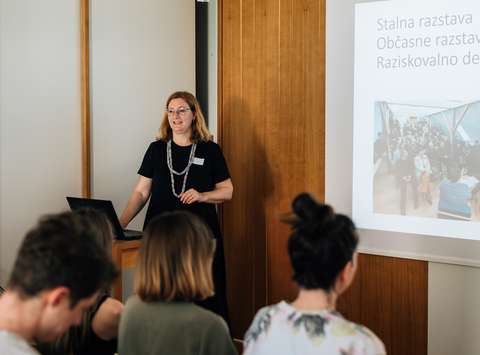
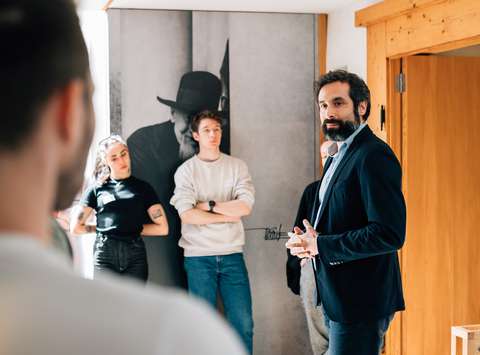
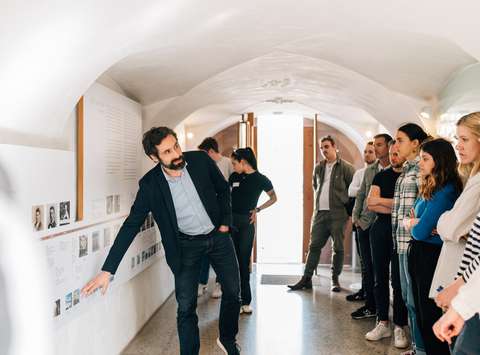
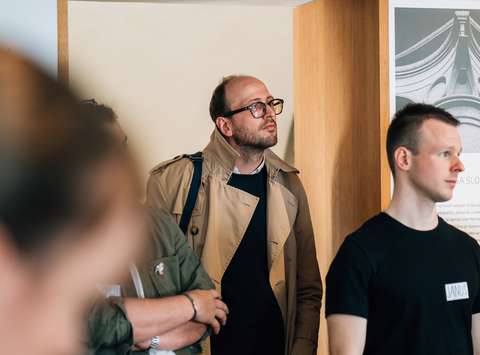
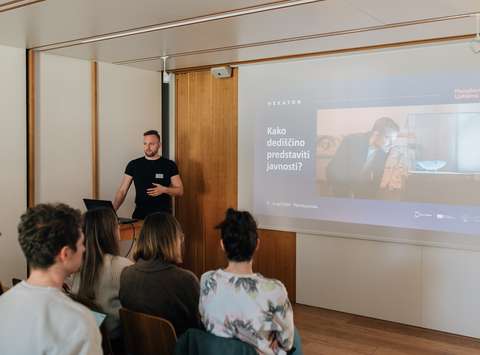
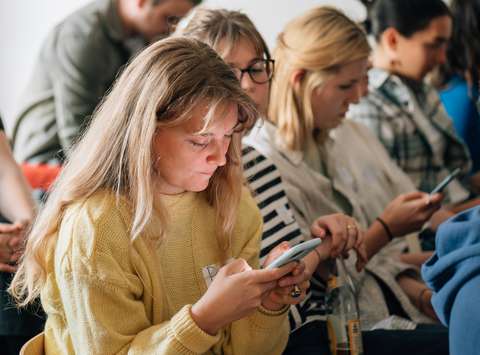
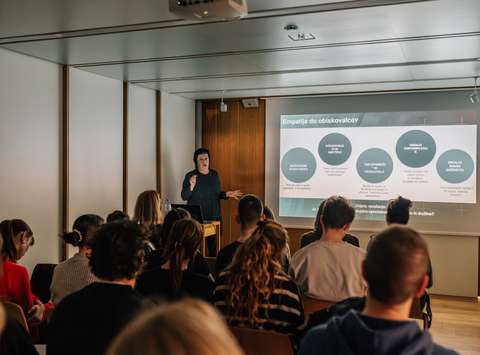
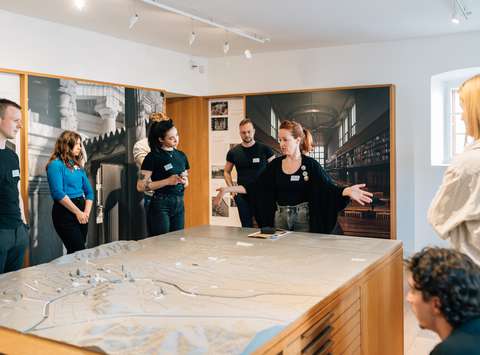
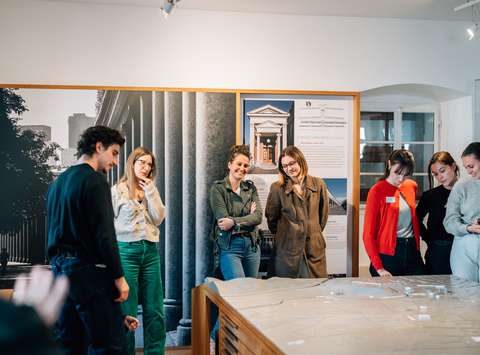
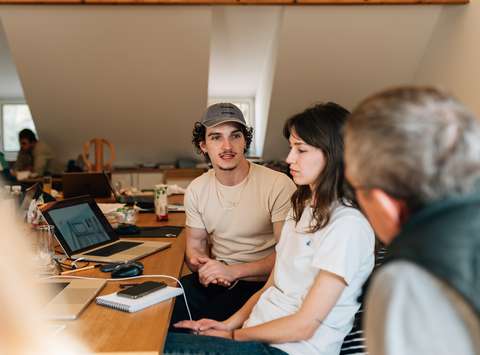
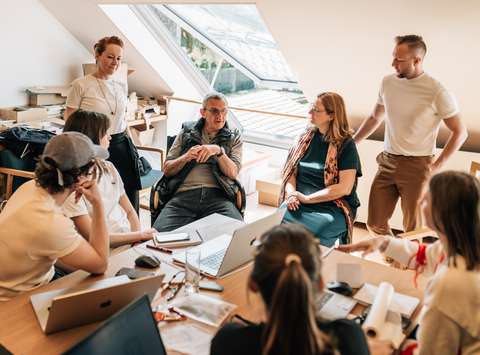
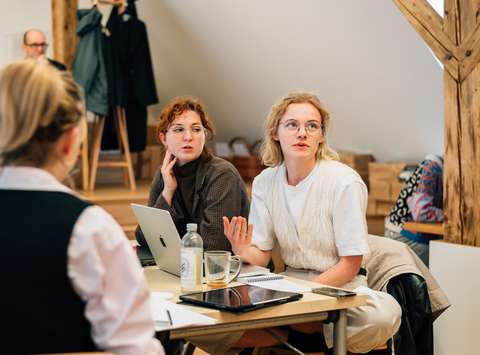
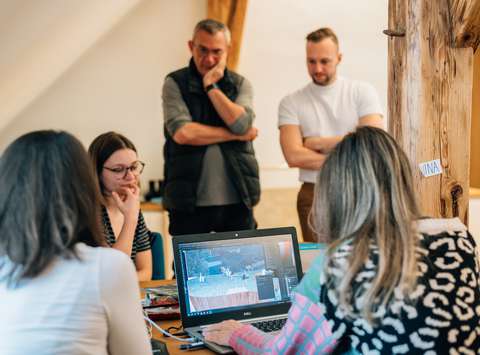
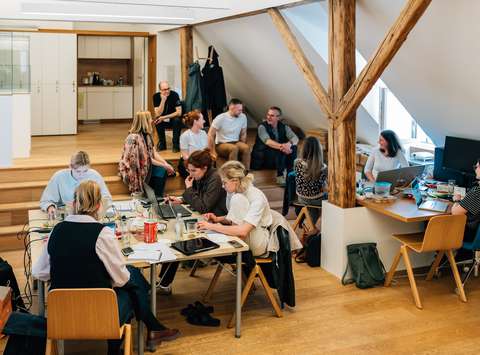
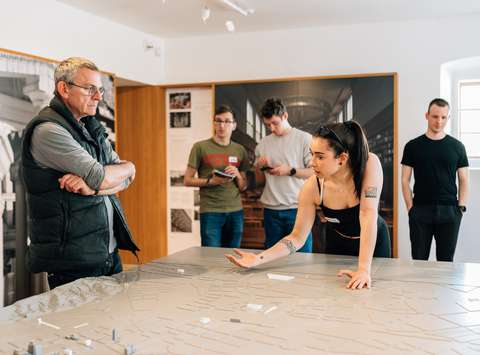
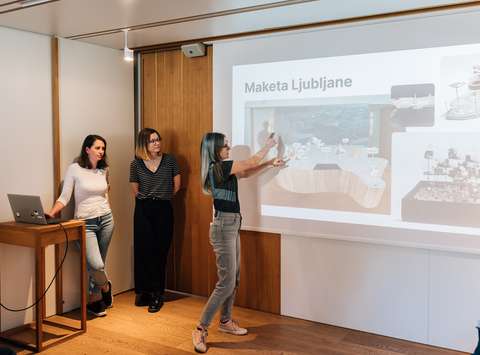
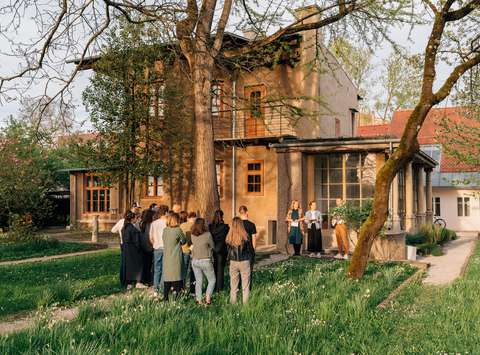
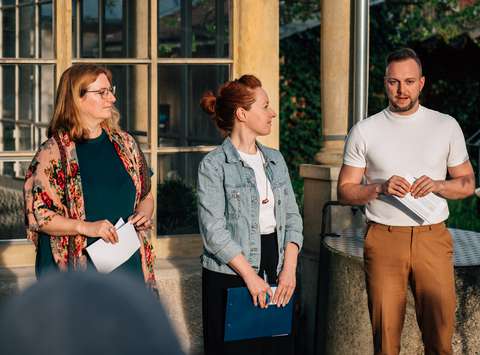
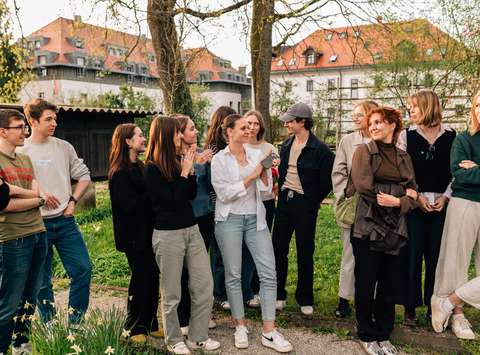
About the EU project
Open Atelier − building new innovative formats for active audience participation and interaction with cultural heritage within European House Museums
Open Atelier is an interdisciplinary network, funded by European Union’s Creative Europe programme, which aims at developing operative blueprints for new audience-centred participatory museum experiences. The cross-sectoral network is composed of four European House Museums (Plecnik House under the Museum and Galleries of Ljubljana from Slovenia, Millesgården Museum from Sweden, Einar Jónsson Sculpture Museum from Iceland and Art Museums of Skagen from Denmark), one creative performance organisation (AMAT from Italy) and two universities (Politecnico di Milano from Italy and Aalborg University from Denmark). Through a workshop-based approach built on co-creative processes, Open Atelier will design, test and evaluate innovative strategies and tools to engage audiences in the way cultural heritage is interpreted, presented and used in contemporary scenarios.